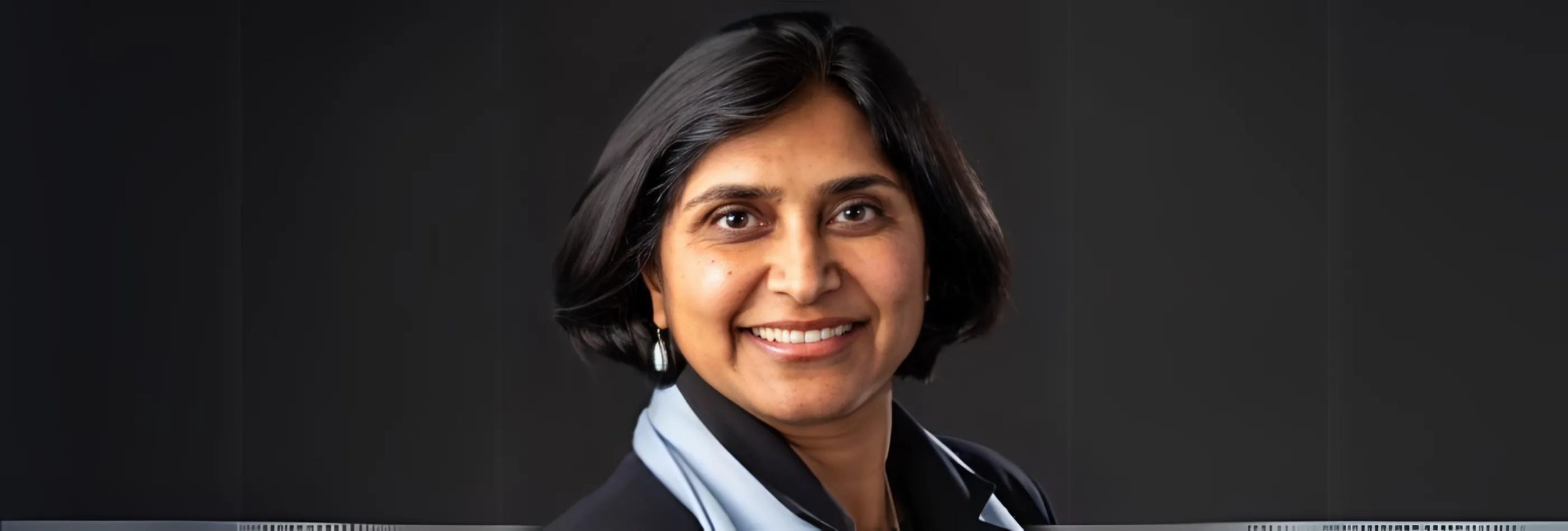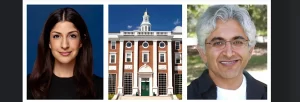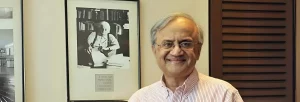(Jun 8, 2025) Sheela Murthy’s journey from a middle-class Indian household to the hallowed halls of Harvard Law School is the stuff the American Dream is made of. But today, even Harvard’s foreign students, once welcomed as the best and brightest are at the epicenter of an immigration storm. As the U.S. tightens its borders under the Trump 2.0 administration, Murthy, an immigrant-turned-renowned immigration lawyer, has emerged as one of the most significant and trusted voices in this turbulent era. Self-made, sharp, and relentlessly driven, she doesn’t just understand the system, she’s lived through it. And now, she’s helping thousands navigate it through her legal acumen and professional practice.
From Baroda to Baltimore: The making of an immigration icon
Born in 1961 in Baroda (now Vadodara), Sheela Murthy grew up in modest circumstances, often relocating due to her father’s postings in the Indian Defense Forces. Her early exposure to social justice came not just from the stories of struggle around her but also from her father’s constant reminder that “You must use your privilege to uplift others.”
Murthy’s academic journey began with a history degree from Stella Maris College, Chennai, where she joined anti-dowry marches and fought for women’s rights. Against familial expectations, she enrolled in law school at Bangalore University and soon made headlines. In 1985, she led India to the second-place finish in the Jessup International Moot Court in New York, a pivotal trip that would spark her American dream.
She applied and was accepted into Harvard Law School’s LLM program, working nights as a security guard to cover expenses. She graduated in 1987, ready to conquer the legal world in a country she barely knew but already deeply admired.
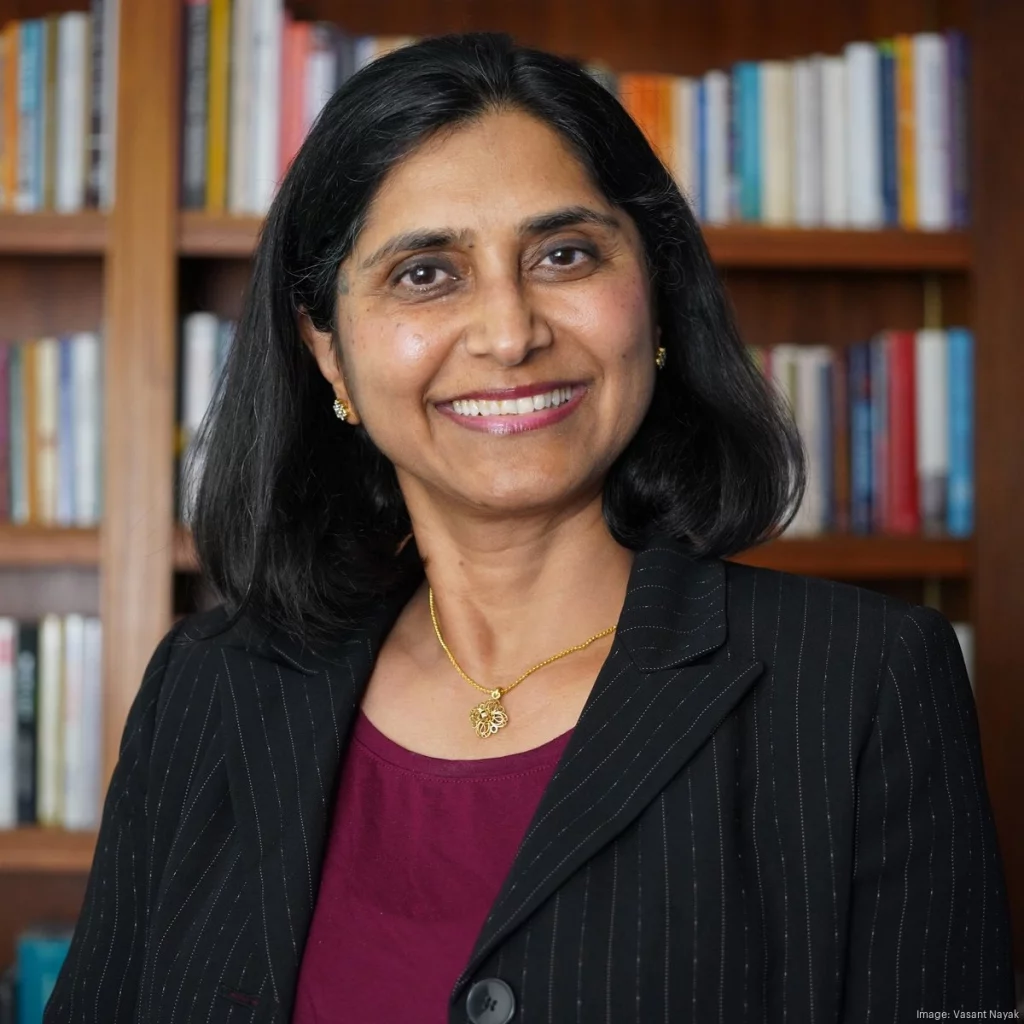
A journey through the immigration maze
Murthy’s early years in the U.S. legal field were grueling. Practicing corporate law at White & Case in New York, she found herself alienated by the mechanical obsession with billable hours. “You’re nothing but a billable-hour machine,” the lawyer once said.
In 1989, she moved to Baltimore with her husband, Vasant Nayak, and began building expertise in immigration law, driven by necessity, as she herself struggled through a four-year ordeal to secure permanent residency. Her experience with an indifferent immigration attorney ignited a personal mission.
“My (immigration) lawyer never really communicated with me, except the one instance when he had to tell me he was hiking his fee! I thought that if a lawyer treats a fellow-lawyer like this, I dread to think how he’ll treat others. I said I bet I can make an impact if I get in,” she told in an interview. That moment became the cornerstone of her future career.
The Murthy Law Firm: Born at a dining table, built for a nation
In 1994, Murthy founded her solo practice from her dining room, later setting up a tiny office in Owings Mills, Maryland. Her husband, a digital arts expert, convinced her to embrace the internet. The result was Murthy.com, which is now one of the the most visited legal websites. Her law firm rapidly grew into one of the world’s top immigration practices, with over 130 employees across the U.S. and India.
Murthy democratized access to immigration knowledge long before it was trendy. “My husband kept following me around, saying, ‘It’s the wave of the future!’” she laughed, recalling how her built her first website.
But for the lawyer who is the subject of the book Being Sheela: The Life Journey of an Immigration Attorney (HarperCollins), scaling success came through personal evolution. Early in her firm’s life, she demanded 14-hour days from staff until she realized the value of work-life balance. “They needed to have a healthy work-life balance and had all the right to go back to their kids and families.” That shift in mindset helped shape the humane, values-driven practice she leads today.
A voice of reason in a time of fear: Trump 2.0 and the immigration reckoning
Now, as the U.S. faces the harshest immigration policies in recent memory, Sheela Murthy stands at the epicenter, offering clarity, caution, and compassion. The Trump 2.0 administration has intensified visa scrutiny, with reports revealing that half of all revoked student visas belong to Indian nationals. The plans of an Office of Remigration and the targeting of H-1B holders have left many families on edge.
Murthy’s advice is both sobering and practical, especially for Indian students dreaming of the U.S.
“If you’re spending your life savings, selling your land, taking a loan—you want to make sure that the time is right. Because there are a lot of layoffs… It’s ideally not a perfect time to come now,” she remarked in a recent interview.
She mentioned how desperation leads students into unauthorized employment, an act that can cause green card denials or even five-year reentry bans.“Unauthorized employment can result in the person not getting an H1 visa… CBP (Customs and Border Protection agency) can send them back on the next flight and put a five-year bar called expedited removal.”
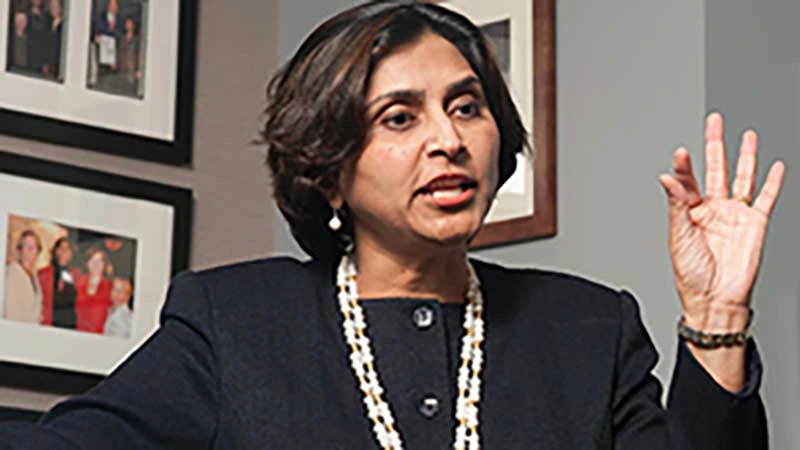
The crisis facing H-1B visa holders
The challenges for H-1B visa holders are multiplying. Under Trump 2.0, denial rates have surged, specialty occupation criteria have tightened, and wages have been hiked, pushing out smaller employers.
But Murthy reminded immigrants that legal recourse still exists. “Congress passes laws, not the executive branch. So yes, we have to be prepared for a tough four years. But if you’re following the laws and the rules, hopefully it won’t be an issue,” she said.
Still, she cautions against frequent employer-hopping, which weakens green card applications and erodes perceived stability. “It’s best to build up your resume, stay two to three years, and then move on.”
Warning against shortcuts
“Strike when the iron is hot” is her dvice to aspiring international students Murthy is particularly concerned about fresh graduates from India who come to the U.S. without work experience, only to struggle in a bleak job market.
“Thousands are graduating every year. But if you have no experience, you’re not attractive to employers. Even Ivy League graduates are distributing resumes like food flyers.” She encourages students to gain 4 to 5 years of experience in India first, making them eligible for EB2 rather than the decades-long EB3 wait. “Don’t let short-term victory take precedence over long-term happiness.”
EB2 and EB3 are U.S. employment-based green card categories, with EB2 reserved for advanced degree holders or those with exceptional ability, while EB3 is for skilled workers and bachelor’s degree holders without significant experience. EB2 typically offers faster processing, whereas EB3 applicants especially from high-demand countries like India may face decades-long wait times.
India Rising: Why some immigrants are going home
Interestingly, Murthy also sees a trend of long-term U.S. residents returning to India.
“Many say, ‘Our parents are growing old. We want to spend time with them. India has more tech opportunities now.’ The Indian GDP is rising faster than most countries.” For these returnees, the choice is strategic, not defeatist, she believes as many even open back offices or launch startups in India.

Philanthropy as practice: Giving back on both shores
Beyond law, Murthy and her husband give generously through the MurthyNayak Foundation, focusing on education, health care, and immigrant rights in the U.S. and India. Their initiatives include supporting photographers in South Asia and funding education for underprivileged youth.
She also serves on prestigious boards, including JHPIEGO, Baltimore Museum of Art, and the Maryland Institute College of Art. Murthy believes success is a cycle and her message is to give back when you’ve received.
Defending the dream she once dreamed
Today when the American dream is alive but harder to attain, Sheela Murthy’s rise from a first-gen immigrant to one of the United States’ top immigration lawyers is awe-inspiring. However, she understands the increased struggles now, noting, “Today’s path is littered with more pitfalls than ever before.”
“America will need you and needs the best global talent from around the world. But don’t come at a really bad time… Come when the iron’s hot—when you will be hot, and in demand,” she advises.
- Follow Sheela Murthy on LinkedIn
- Visit her law firm’s website for immigration related legal information
ALSO READ: Trump’s Legal Voice: Abhishek Kambli and the battle over mass deportation and the Alien Enemies Act

